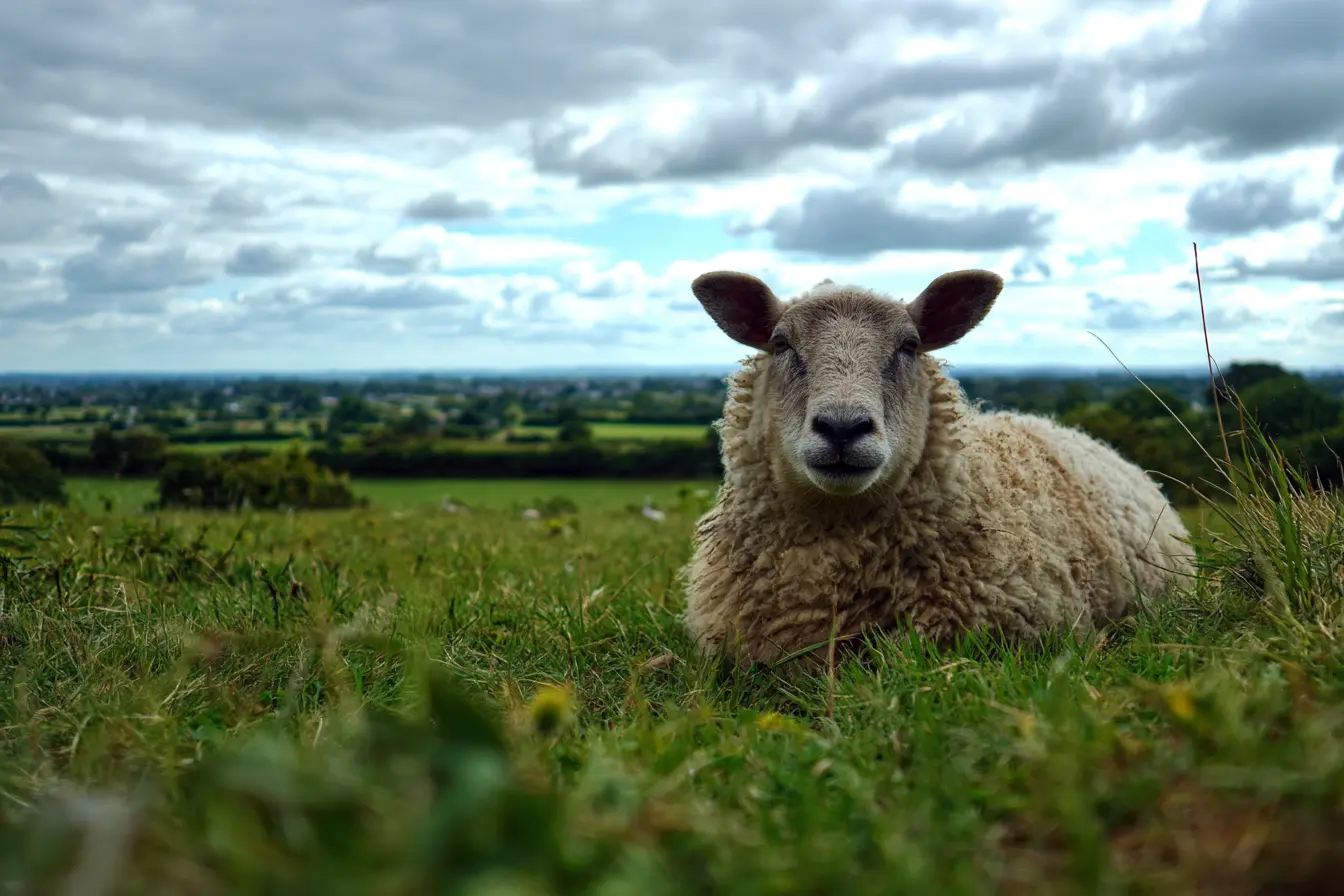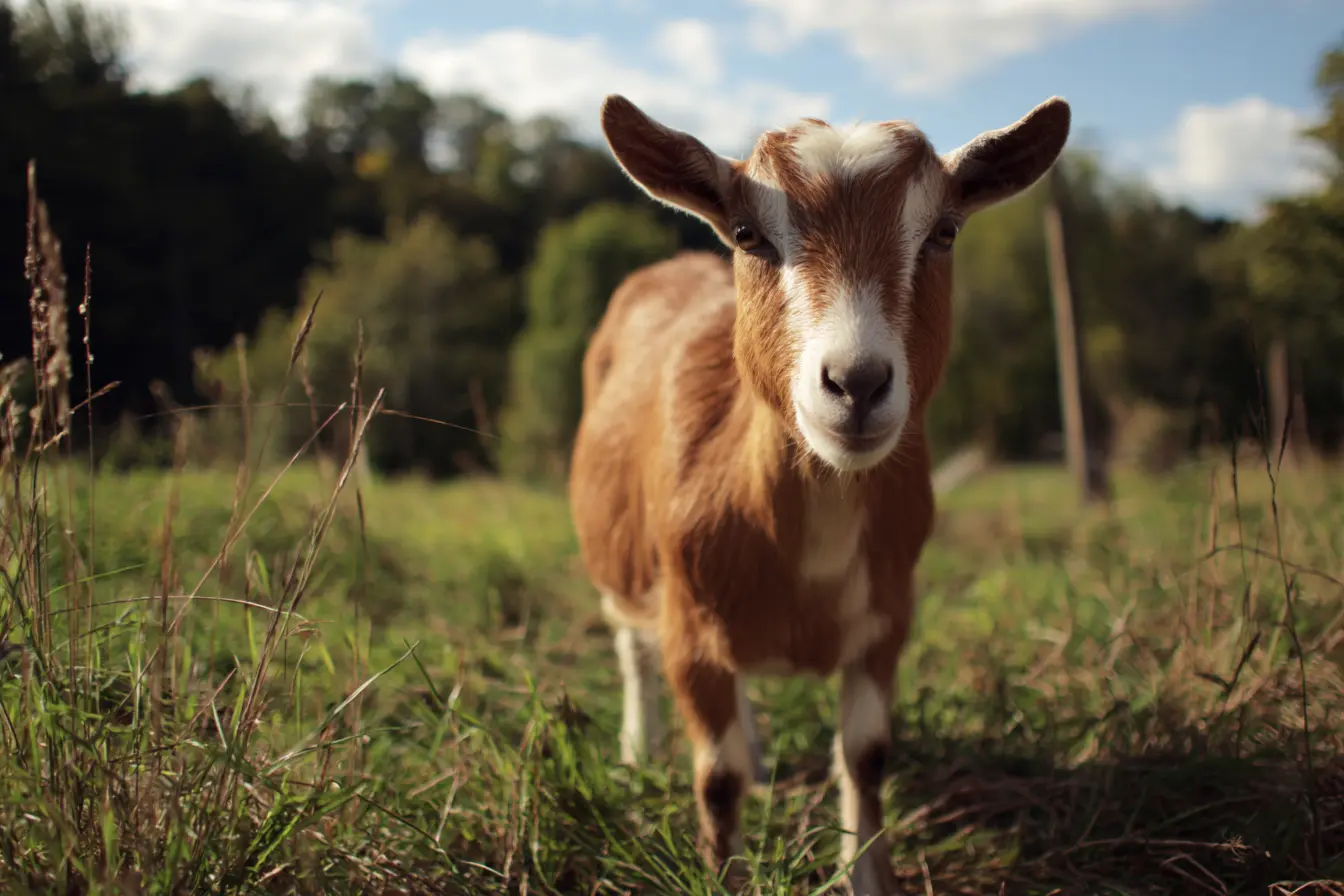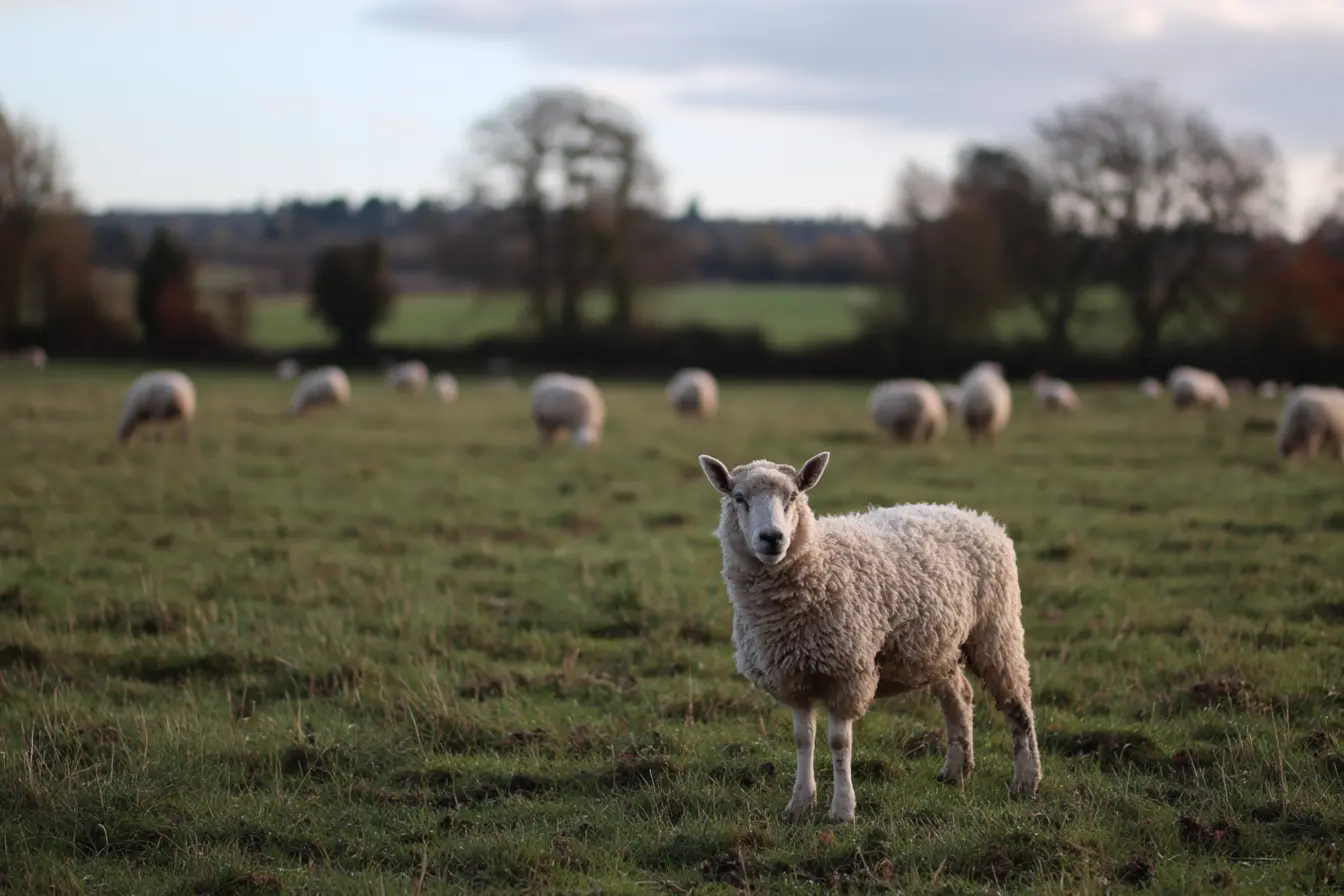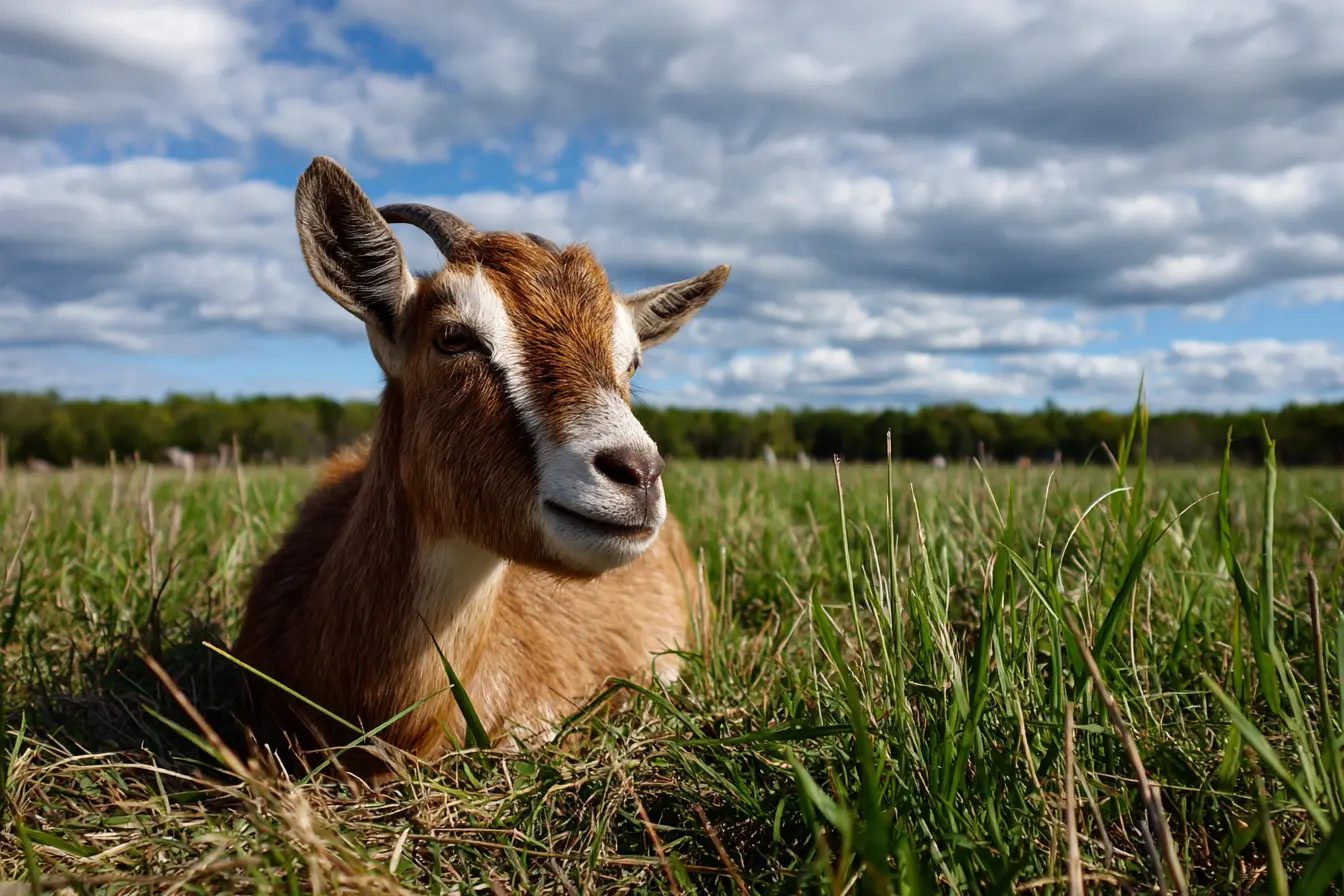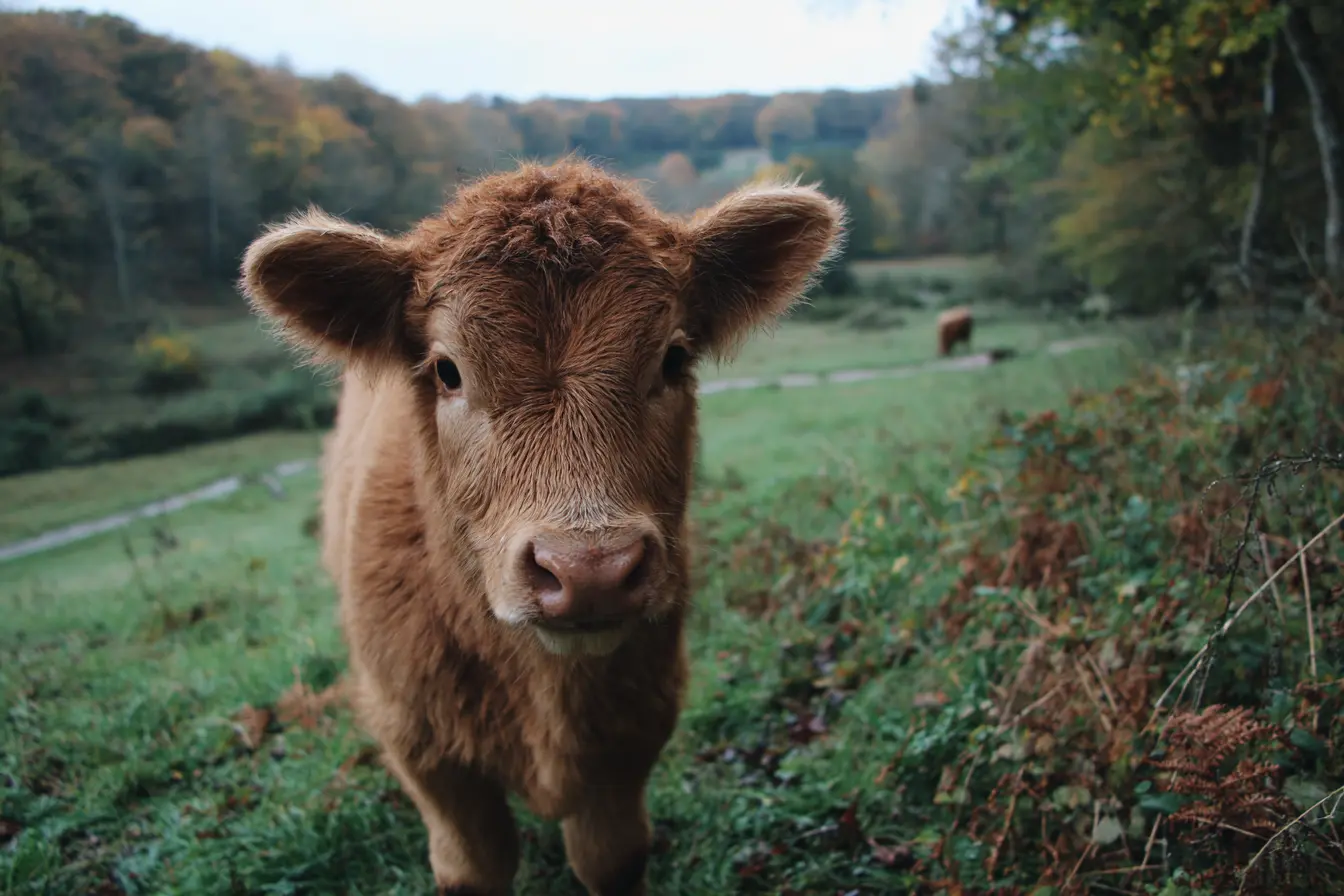
A Complete Guide to Haemorrhagic Enteritis in Cattle
Haemorrhagic enteritis is a severe, acute clostridial disease of cattle caused by Clostridium perfringens, usually type C. It is characterised by sudden onset of severe intestinal inflammation, bloody diarrhoea, and high mortality, particularly in calves. Because the disease progresses rapidly, with death often occurring within hours, prevention is far more effective than treatment.
For cattle farmers in the UK, understanding haemorrhagic enteritis is crucial, especially for protecting young calves during their most vulnerable stages. This guide explains the causes, risk factors, clinical signs, diagnosis, treatment, and prevention of haemorrhagic enteritis in cattle.
What is Haemorrhagic Enteritis?
Haemorrhagic enteritis is caused by toxins produced by Clostridium perfringens type C. This bacterium:
- Exists naturally in the soil, environment, and intestinal tract of animals.
- Produces powerful toxins that damage the lining of the small intestine.
- Causes extensive bleeding, necrosis, and inflammation in the gut wall.
The disease is most common in young calves but can also affect older cattle under certain conditions.
Causes and Risk Factors
Haemorrhagic enteritis develops when Clostridium perfringens multiplies rapidly in the intestine. This usually occurs when dietary or environmental factors disrupt the balance of the gut.
Key risk factors include:
- Sudden dietary changes: switching abruptly to richer feeds, milk replacers, or concentrates.
- Overfeeding: excessive milk or milk replacer in calves can overwhelm the digestive system.
- High-energy diets: rapid intake of carbohydrates promotes bacterial growth.
- Poor colostrum intake: calves without adequate immunity are more vulnerable.
- Stress: transport, handling, or environmental changes can weaken resistance.
- Unsanitary conditions: contaminated housing and feeding equipment increase exposure to bacteria.
Symptoms of Haemorrhagic Enteritis
The disease progresses very quickly, and sudden death may occur without warning. When symptoms are observed, they may include:
- Severe, acute diarrhoea – often blood-stained or containing fibrin.
- Depression, weakness, and reluctance to stand.
- Abdominal pain – calves may bellow, kick at their bellies, or show discomfort.
- Rapid dehydration.
- Loss of appetite.
- Collapse and death within a few hours to two days.
In older cattle, the disease may present as sudden illness with bloody diarrhoea, but mortality rates are generally lower than in calves.
Diagnosis
Diagnosis is based on a combination of history, symptoms, and post-mortem findings.
- History: sudden deaths or severe diarrhoea in calves following dietary change or overfeeding.
- Clinical signs: acute bloody diarrhoea and rapid deterioration.
- Post-mortem examination: inflamed, haemorrhagic small intestine with necrotic lesions.
- Laboratory confirmation: detection of Clostridium perfringens type C toxin in intestinal contents.
Because the disease is fast-acting, laboratory confirmation often comes after clinical diagnosis and management steps have already been taken.
Treatment
Treatment is rarely successful once clinical signs are severe, as toxin damage occurs rapidly. However, in very early cases, veterinary intervention may include:
- High doses of broad-spectrum antibiotics (such as penicillin) to reduce bacterial growth.
- Antitoxins (if available) to neutralise circulating toxins.
- Supportive therapy: fluids, electrolytes, and nursing to combat dehydration.
- Pain relief and anti-inflammatories.
Despite intervention, mortality rates remain high.
Prevention
Because treatment outcomes are poor, prevention is essential.
Vaccination
- Multi-valent clostridial vaccines protect against Clostridium perfringens type C and other clostridial diseases.
- Recommended programme in the UK:
- Cows and heifers: booster 4–6 weeks before calving to ensure calves receive protection via colostrum.
- Calves: begin primary vaccination from 6–12 weeks of age, with two doses given 4–6 weeks apart.
- Annual boosters are required for ongoing protection.
Colostrum Management
- Ensure calves receive adequate colostrum within the first 6 hours of life.
- Aim for at least 10% of bodyweight in high-quality colostrum within the first day.
- Monitor colostrum quality and use colostrum supplements if necessary.
Feeding Practices
- Avoid sudden changes in diet or feeding regime.
- Do not overfeed milk or concentrates.
- Provide clean feeding equipment to minimise bacterial contamination.
- Ensure calves have access to clean water and roughage to support gut health.
Environmental Hygiene
- Maintain clean, dry housing with good ventilation.
- Disinfect pens, feeding buckets, and equipment regularly.
- Isolate sick calves to reduce disease spread.
Economic and Welfare Impact
- Welfare: Haemorrhagic enteritis causes severe pain, bloody diarrhoea, and rapid death, making it a major welfare concern.
- Economic: Sudden loss of valuable calves, treatment costs, reduced growth rates in survivors, and labour associated with care.
- Prevention vs cost: Vaccination, good feeding practices, and hygiene are inexpensive compared to the economic damage of an outbreak.
When to Seek Veterinary Help
Seek veterinary advice if:
- Calves show sudden onset of bloody diarrhoea.
- Multiple animals are affected within a short period.
- Sudden deaths occur following dietary changes.
- You require advice on vaccination and feeding management.
Conclusion
Haemorrhagic enteritis in cattle is a devastating clostridial disease caused by Clostridium perfringens type C. It progresses rapidly, leading to acute diarrhoea, severe illness, and high mortality, especially in young calves.
Because treatment is rarely effective, prevention is essential. A combination of vaccination, colostrum management, careful feeding practices, and strict hygiene offers the best protection. For UK cattle farmers, these measures are vital to safeguard calf health, prevent losses, and maintain herd productivity.
Vets near you
Speciality vets
- Aquatics vet specialists
- Birds vet specialists
- Camelids vet specialists
- Cats vet specialists
- Cattle vet specialists
- Deer vet specialists
- Dogs vet specialists
- Equines vet specialists
- Exotic vet specialists
- Goats vet specialists
- Pigs vet specialists
- Poultry vet specialists
- Sheep vet specialists
- Small Mammals vet specialists
- Wild vet specialists
